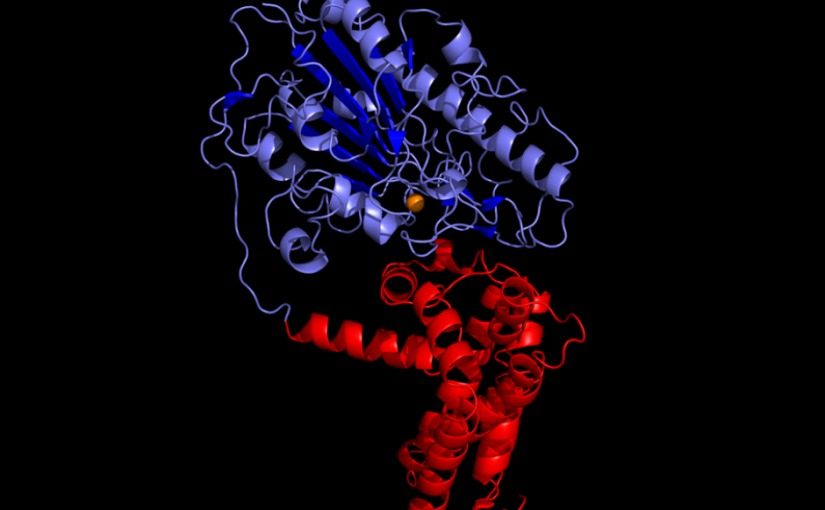Harry Potter used his father’s invisibility cloak to fight evil and revel in the odd school-boy prank along the way. But it seems multi-resistant bacteria have their own invisibility cloaks and they use them in more nefarious ways.
Western Australian scientists have mapped the 3-dimensional molecular structure of a protein called EptA which bacteria use to hide from the human immune system and antibiotics. The Scientists believe the discovery will enable the development of new drugs that are more effective at targeting and killing dangerous bacteria.
Superbugs are a global health problem with around 700,000 deaths per year attributed to them. The World Health Organisation predicts this could rise to 10 million by 2050.
Pathology is key to reducing incorrect use of antibiotics in humans. Microbiology departments are integral to providing fast, detailed reports to doctors about infections. These include results of tests that reveal which antibiotics are effective against a certain bacteria and which won’t work.
Every time a bacteria is exposed to a drug that doesn’t kill it, the bacteria ‘learns’ about the drug and adapts to it. When the bacteria divides into offspring, they carry the ability to resist the drug in their genes. By reducing the administration of ineffective antibiotics, pathology helps the patient get better fast and reduces the growth of resistant bacteria.

